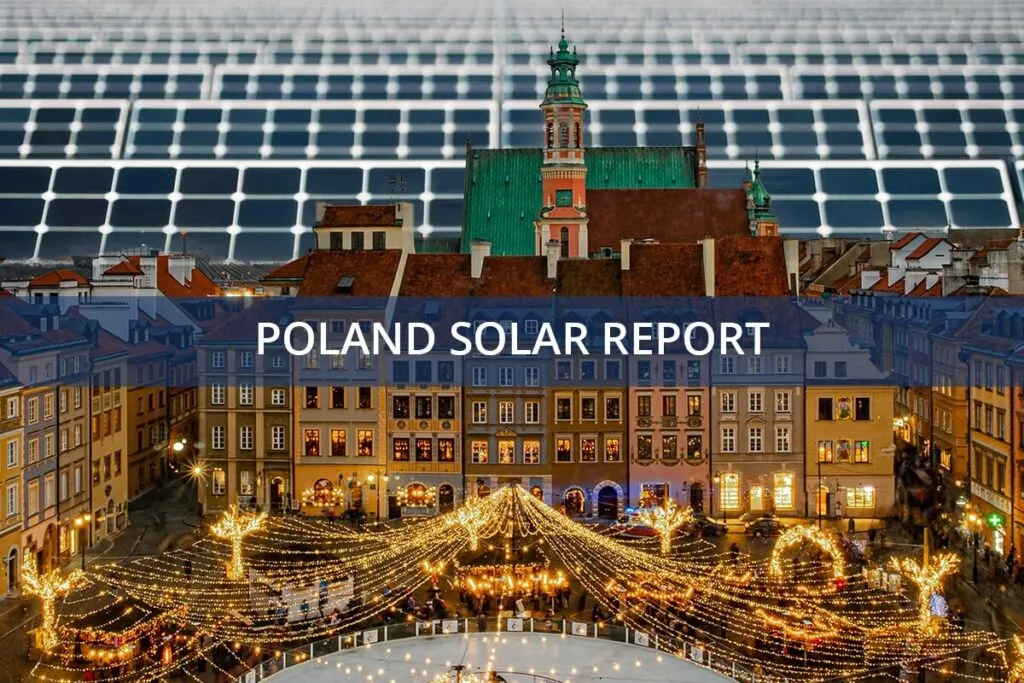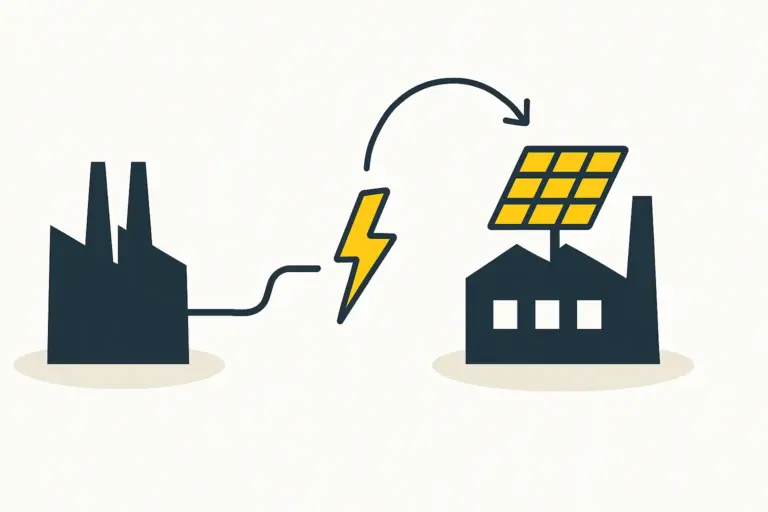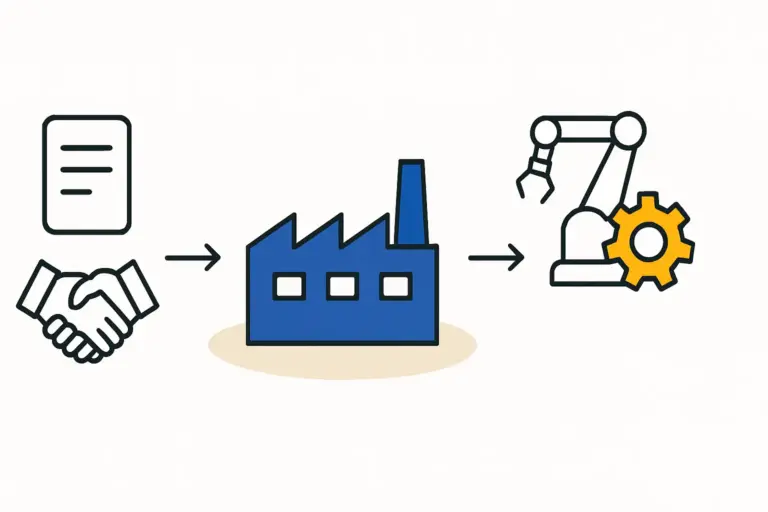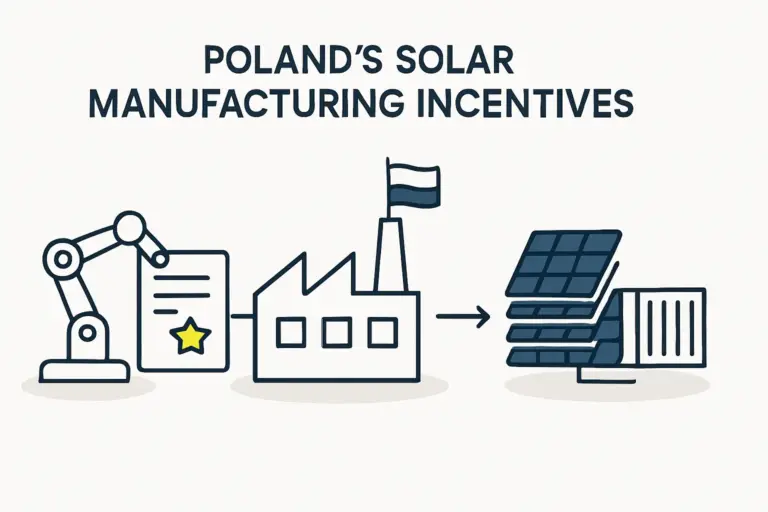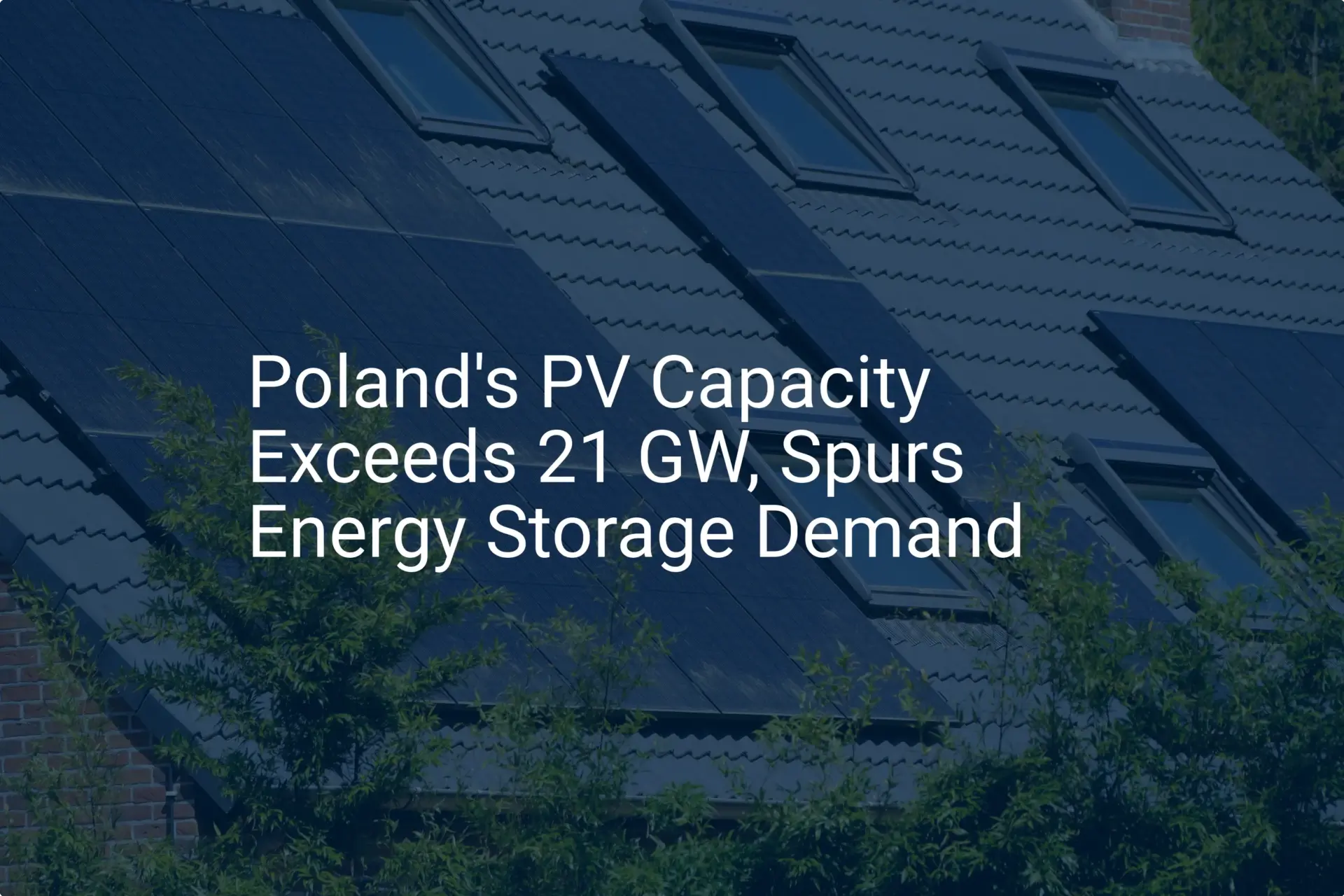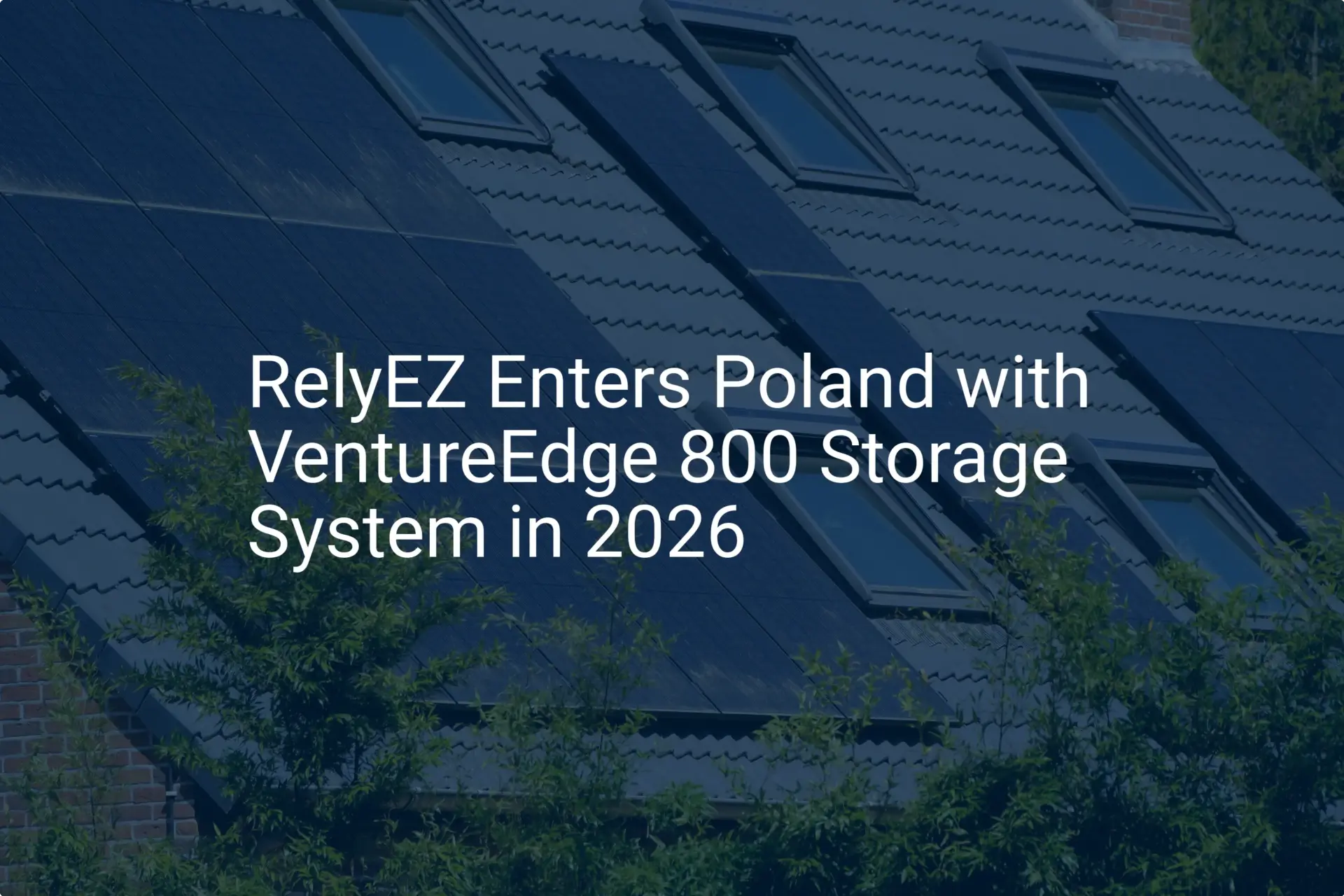Many entrepreneurs considering the European solar manufacturing market are drawn to Poland’s strategic location and skilled workforce. However, the financial landscape, particularly public funding, is often perceived as an impenetrable maze of bureaucracy. The common assumption is that these incentives are reserved for established local players.
In reality, a clear pathway allows new industrial projects, including those led by international investors, to secure significant non-repayable grants. This guide provides a structured overview of the European Union and Polish national funding programs available for renewable energy manufacturing. It examines the strategic framework behind these funds, details the main application channels, and outlines the key criteria a project must meet to qualify.
The Strategic Context: Why Public Funding for Solar is a Priority
Understanding the funding opportunities begins with appreciating the strategic imperatives driving them. Through landmark policies, the European Union has committed to ambitious goals for energy independence and industrial sovereignty.
-
The European Green Deal: The EU’s overarching strategy to make the continent climate-neutral by 2050, creating a favorable regulatory environment for all green technology investments.
-
REPowerEU Plan: Launched to reduce dependency on Russian fossil fuels, this plan accelerates the rollout of renewable energy, creating direct demand for locally manufactured components like solar modules.
-
Net-Zero Industry Act (NZIA): This recent legislation aims to ensure that by 2030, at least 40% of the EU’s annual demand for strategic net-zero technologies, including solar PV, is met by manufacturing within the Union.
These high-level policies translate into massive financial commitments. The EU allocates funds to member states like Poland, which then administer specific programs to stimulate private sector investment in priority areas. For entrepreneurs, this means that establishing a solar factory aligns perfectly with the continent’s most pressing strategic goals, unlocking access to substantial public co-financing.
Understanding the Funding Landscape: EU vs. National Programs
The distinction between EU-level and national-level funding can be confusing. While some large-scale, highly innovative projects can apply for direct EU funding through programs like the Innovation Fund, the most accessible route for a typical solar factory is through national programs financed by EU structural funds.
In Poland, the primary instrument for the 2021-2027 period is the European Funds for a Modern Economy (FENG) Programme. This programme is the main pipeline through which EU money flows to support innovative companies and industrial projects. For a solar module manufacturing plant, understanding how to access FENG is the key to unlocking public grants.
The Primary National Gateway: European Funds for a Modern Economy (FENG)
The FENG program is designed to transform Poland’s economy by supporting projects in research, development, innovation, and green technologies. It isn’t a single grant but a large-scale program with different priorities, known as ‘priority axes.’
For a new solar factory, the most relevant is the first priority axis: ‘Support for Entrepreneurs.’ This channel is managed by two key Polish institutions, with responsibility divided by the applicant’s enterprise size:
-
Polish Agency for Enterprise Development (PARP): For small and medium-sized enterprises (SMEs).
-
The National Centre for Research and Development (NCBR): For large enterprises.
Within this ‘Support for Entrepreneurs’ axis, the flagship program for investors is the ‘PATH for Innovation’ (Ścieżka SMART). This flexible, modular grant is designed to finance a project’s entire lifecycle, from R&D and investment in production lines to international expansion.

A Practical Guide to Applying for FENG Grants
Securing a grant isn’t about luck; it’s a systematic process that requires a well-prepared project. Experience from numerous J.v.G. turnkey projects shows that successful applications consistently demonstrate a strong business case and a clear understanding of the program’s objectives.
Key Program: The ‘PATH for Innovation’ (Ścieżka SMART)
The Ścieżka SMART program lets an applicant build a project from several modules. For a solar factory, the most relevant modules are:
-
R&D Module (Mandatory): Every project must include a research and development component. This could involve developing a more efficient module assembly process, testing new materials, or creating an innovative quality control system.
-
Implementation of Innovation Module: This module co-finances the core investment, covering the purchase of tangible assets like machinery for a turnkey solar module production line and intangible assets like software.
-
Green Transformation Module: This module can provide additional funding for investments that make the factory more environmentally friendly, such as systems for energy efficiency, water recycling, or waste reduction.
This modular structure allows a project to receive comprehensive funding, covering both the innovative R&D work and the large-scale capital expenditure required for the factory itself.
Eligibility Criteria: What Do You Need to Qualify?
A successful project must align with the core evaluation criteria. While specific requirements vary with each call for proposals, the fundamental pillars remain consistent:
-
Innovation: The project must be innovative on at least a national scale. This doesn’t mean inventing a completely new technology; it can involve implementing an existing technology that is new to the Polish market or represents a significant improvement over current standards.
-
R&D Component: A credible plan for industrial research or experimental development is non-negotiable.
-
Financial Viability: Applicants must demonstrate the financial capacity to complete the project and sustain operations. A comprehensive solar factory business plan with detailed financial forecasts is essential.
-
Contribution to Strategic Goals: The project should clearly contribute to Poland’s ‘National Smart Specialisations,’ which include electronics and green technologies.
The Application Process Step-by-Step
Navigating the application process requires methodical preparation.
-
Identify a Call for Proposals: PARP and NCBR announce specific calls with deadlines and detailed documentation. Monitoring their websites is critical.
-
Develop the Project Scope: Define the R&D activities, the investment plan, and the expected outcomes.
-
Prepare the Application Form: This extensive document requires detailed descriptions of the innovation, market analysis, financial projections, and management team.
-
Gather Attachments: Required documents typically include financial statements, company registration details, and a detailed project budget.
-
Submission and Evaluation: Applications are submitted electronically. The formal, criterion-based evaluation process involves both formal and substantive checks by experts and can take several months.
For entrepreneurs new to the European funding ecosystem, the complexity and detail required can be a significant challenge. Structured guidance and planning resources can be instrumental in navigating these requirements effectively.
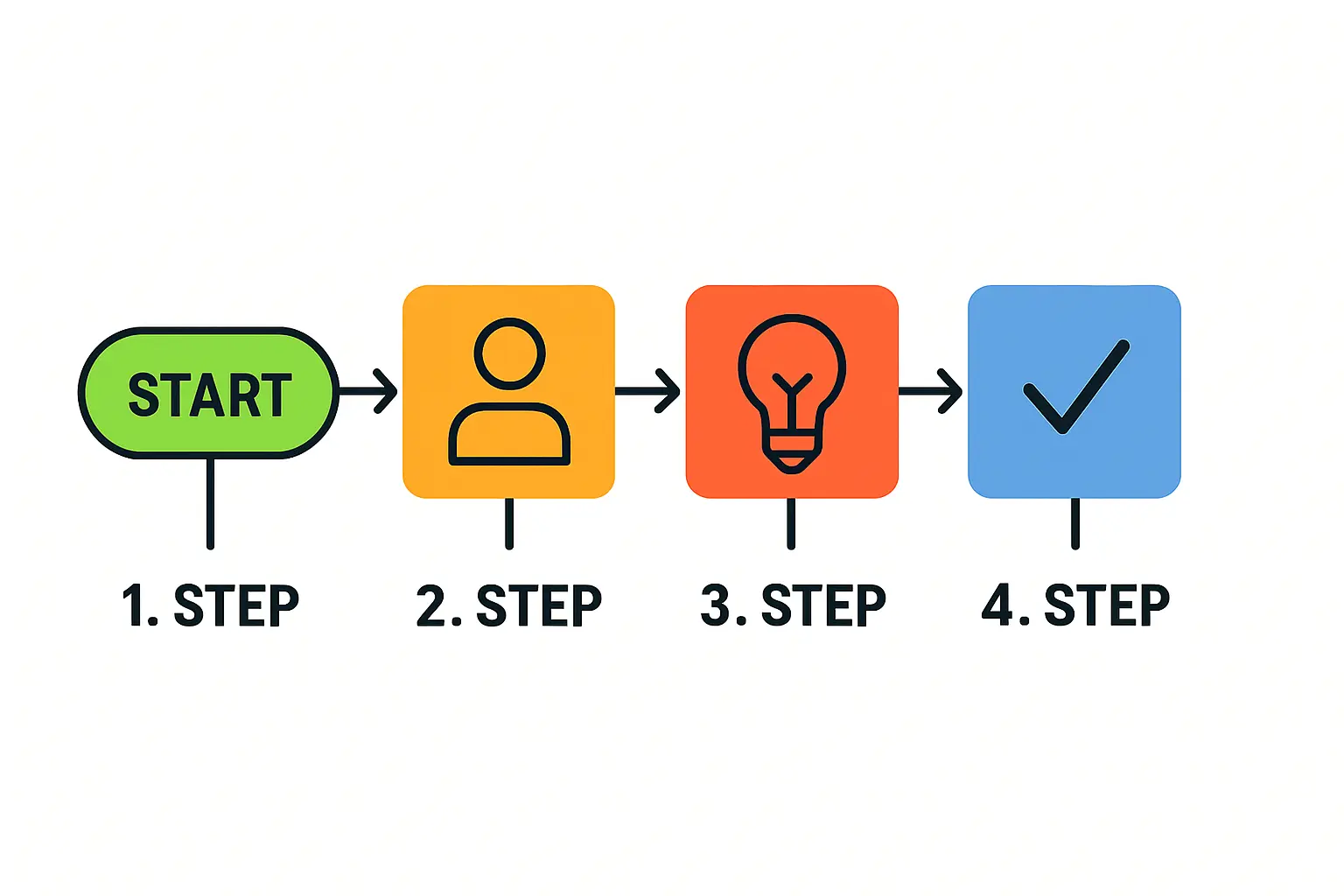
Frequently Asked Questions (FAQ)
- Do I need an established Polish company to apply for these grants?
Yes, the applicant must be a registered business entity in Poland. International investors typically establish a Polish subsidiary (Sp. z o.o.) to run the project and apply for funding.
- What is the typical timeline from application to receiving funds?
The process is thorough. From the close of a call for proposals, the evaluation can take 4–6 months. If successful, negotiating the funding agreement and receiving the first tranche of funds can take another 2–3 months. It’s prudent to factor a 9–12 month timeline into your project plan.
- Is the funding a loan or a non-repayable grant?
The funding provided through programs like Ścieżka SMART is primarily a non-repayable grant. This means the funds don’t need to be paid back, provided the project is implemented according to the approved plan and all reporting requirements are met.
- Can I apply if my project just involves setting up a standard production line?
A project based solely on purchasing and operating a standard production line without an innovative element is unlikely to qualify. The mandatory R&D component requires a demonstrable effort to improve a product, process, or service.
- What are the typical co-financing rates?
The level of funding depends on the activity, the size of the enterprise, and the project’s location. For the investment part (implementation of innovation), co-financing can range from 30% to 70%. R&D activities typically receive a higher rate.
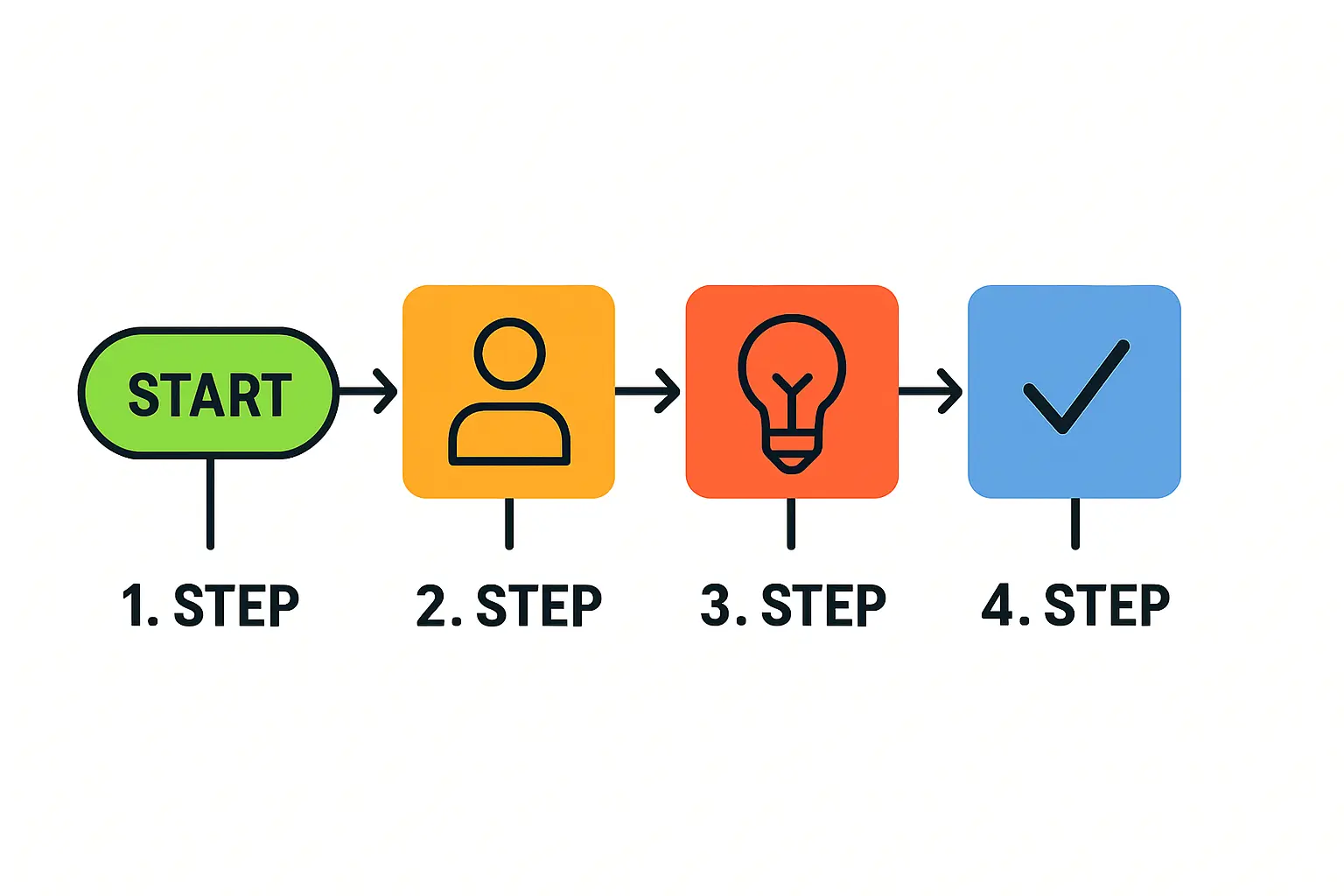
Next Steps in Your Planning Journey
Securing public funding is a significant opportunity to de-risk the investment requirements for a solar factory and improve its financial viability. The Polish government, supported by EU structural funds, has created a clear, accessible pathway for innovative industrial projects in the renewable energy sector.
Success depends not on inside connections but on a well-prepared, innovative project that aligns with the country’s strategic objectives. Understanding the available programs and their criteria allows an entrepreneur to integrate public funding confidently into an overall financial strategy.
For a complete picture of all the stages involved, from initial concept to a fully operational plant, exploring a structured guide on how to start a solar factory is a recommended next step.

